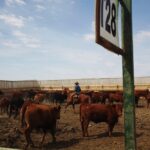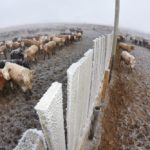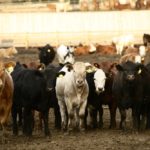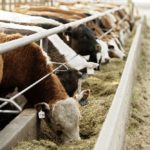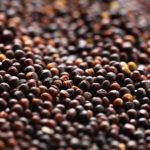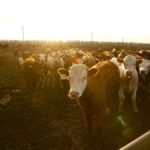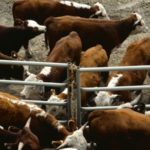Thin volumes characterized action market activity last week, which resulted in a wide range of prices for feeders of similar weight. There were some larger packages trading via video for August and September delivery. There has also been some private fob ranch negotiations as feedlots secure upcoming volume.





